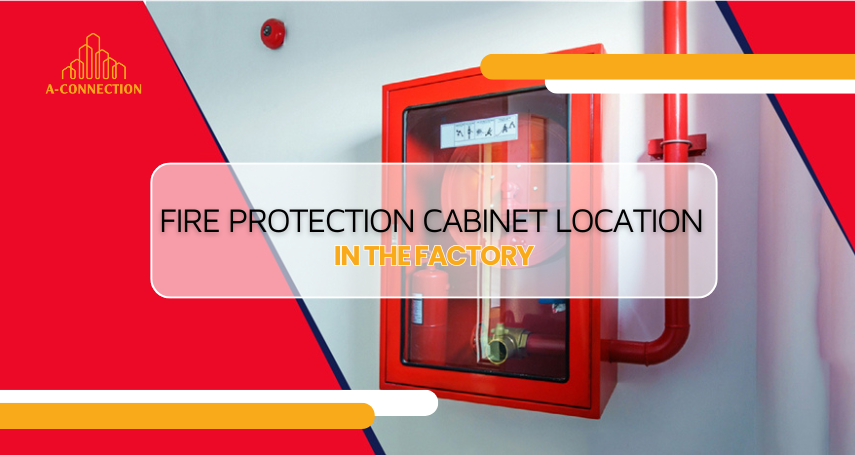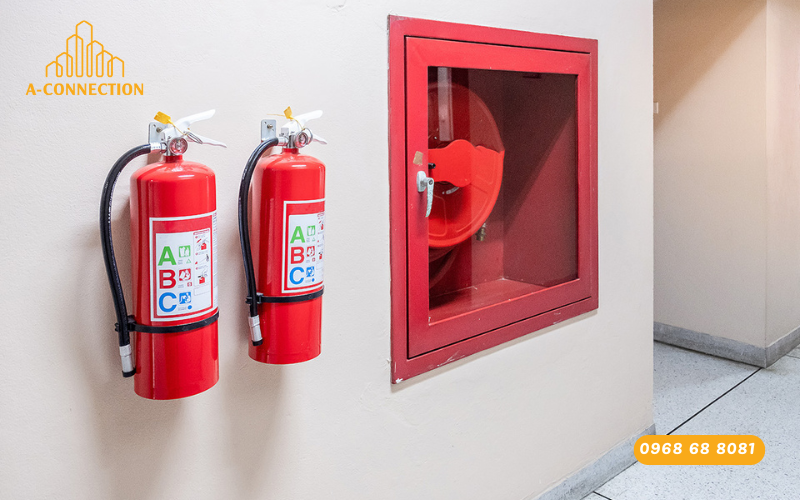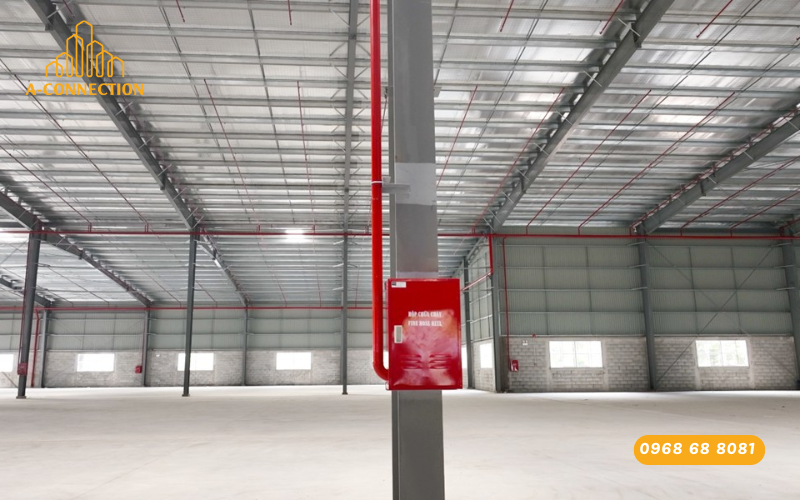In industrial manufacturing environments, fire safety is a top priority. Among the essential safety equipment, the fire cabinet plays a crucial role in every factory or workshop. However, it’s not just about installing one—choosing the right location for your fire cabinet significantly determines the effectiveness of your fire prevention and emergency response strategy.

So where should you install fire cabinets in a workshop? This article will provide a detailed analysis of ideal placement areas and important notes when organizing your fire protection system.
1. What Is a Fire Cabinet and Its Role in Workshops?
A fire cabinet is a specially designed enclosure used to store and protect firefighting equipment such as fire hoses, reels, shut-off valves, fire extinguishers, pump control systems, fire alarms, and sometimes evacuation maps or fire safety logbooks. Fire cabinets may come as basic wall-mounted units or as central control panels for automatic systems.
In workshops—where production operates at high intensity around the clock—the risk of fire can come from multiple sources like electrical short circuits, chemical fumes, or mechanical sparks. That’s why a fire cabinet is more than just a tool; it’s the first line of defense, enabling workers to react promptly, minimize damage, and protect lives.
Additionally, installing a fire cabinet properly helps businesses:
– Comply with local fire safety laws and regulations.
– Enhance safety and professionalism in production operations.
– Avoid business interruptions, fines, or penalties during inspections.

Install fire protection cabinet in factory
2. Principles for Choosing Fire Cabinet Locations in Workshops
Not every corner of a workshop is suitable for a fire cabinet. Poor placement—such as areas with obstructed views or hard-to-access spots—can delay response times and increase the extent of damage in a fire emergency. Below are key principles to follow:
2.1. Easy to See and Access
Install the cabinet in a clearly visible location from multiple angles. Avoid blocking it with equipment, partitions, or storage items. The area around the cabinet should be clear enough for quick access, hose deployment, or extinguisher use.
2.2. Close to High-Risk Areas
Locate cabinets near areas with high fire risk such as material storage (paper, fabric, chemicals), mixing rooms, paint booths, heating zones (boilers, plasma cutters, welding stations). Workers can then respond instantly if a fire breaks out.
2.3. Reasonable Spacing Between Cabinets
Depending on the workshop’s size and fire risk level, fire cabinets should be spaced approximately 30 to 50 meters apart. Larger workshops may need more cabinets distributed evenly to ensure quick access from any point.
2.4. Avoid Damage-Prone Areas
Do not place cabinets in high-traffic areas for forklifts, near loading docks, under rolling doors, or in zones where collisions are likely. This helps prevent physical damage that could render the cabinet useless during an emergency.
3. Suggested Ideal Locations for Fire Cabinets
3.1. Near Main Entrances/Exits
In a fire, people instinctively move toward exits. Installing a cabinet near the main door makes it easier for workers or firefighters to spot and use quickly.
3.2. Near Electrical and Technical Rooms
Electrical rooms, transformers, and control panels are common fire sources. Having a cabinet nearby helps extinguish fires promptly and prevents wider spread.
3.3. Central Production Areas
In areas with dense equipment and large numbers of workers, place cabinets in the center of the production line for fast response in critical moments.
3.4. Intersection of Hallways and Internal Roads
Fire cabinets placed at hallway junctions or internal traffic routes allow quick access from multiple directions. This is especially effective in large complexes with interconnected workshops.
3.5. Beside Flammable Material Storage
If the workshop contains flammable material storage (e.g., fabrics, paper, fuel, chemicals), fire cabinets must be installed nearby—possibly with backup cabinets or automatic sprinkler systems.
4. Important Notes When Installing Fire Cabinets
– Cabinets must be securely mounted on walls or sturdy frames to prevent tipping during vibrations or minor earthquakes.
– All equipment inside must be in working order: hoses intact, extinguishers sealed and pressurized, valves functional.
– Perform regular inspections and maintenance—ideally every 3 to 6 months.
– Include clear signage and directional arrows from a distance so new personnel can find them quickly.
– Never place items in front of the cabinet—not even small items like boxes, buckets, or sacks.
– Follow national fire safety standards like TCVN 2622:1995, TCVN 5738:2021, or applicable Ministry of Public Security regulations.

Fire protection construction in factory
Equipping your workshop with fire cabinets is not only a legal obligation but also a strategic move reflecting your commitment to workplace safety. However, these devices can only perform effectively when installed in the right locations, maintained regularly, and kept ready for use.
A safe workshop is one where fire cabinets are present in all critical areas, where everyone knows how to use them, and where no one panics in the face of an emergency. Don’t wait until it’s too late—take action today to protect your workshop, your employees, and your business.




